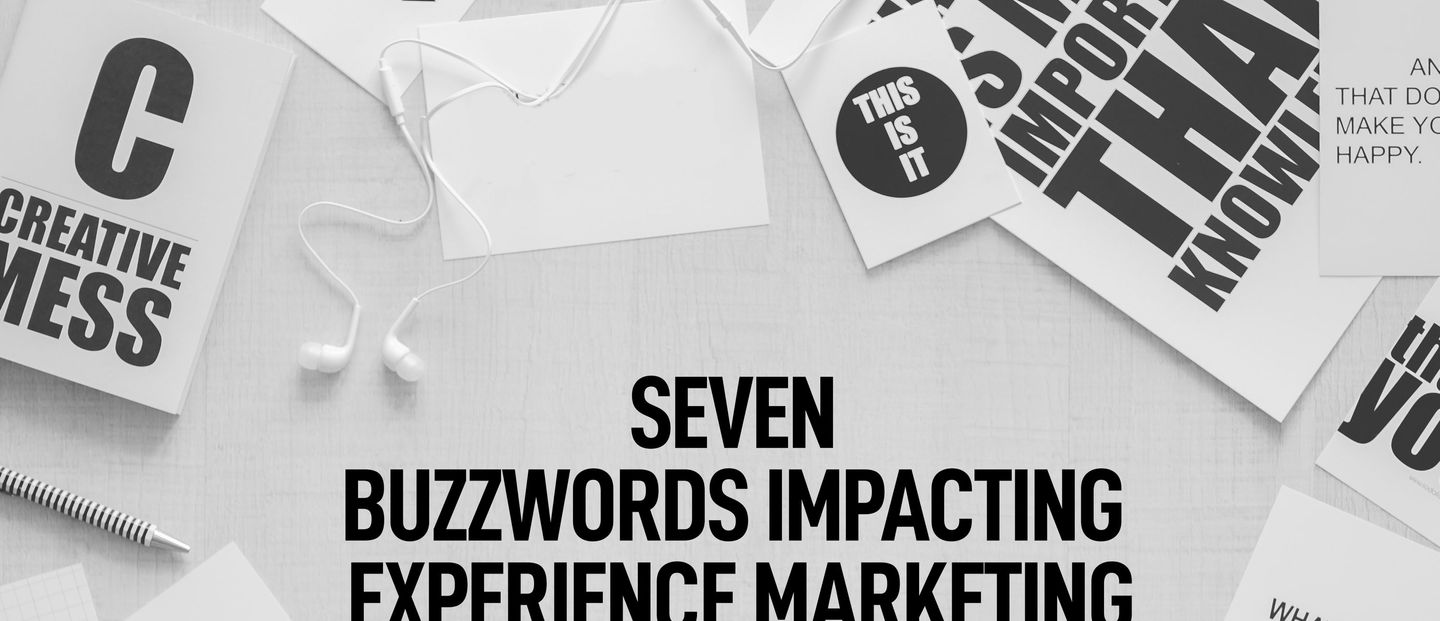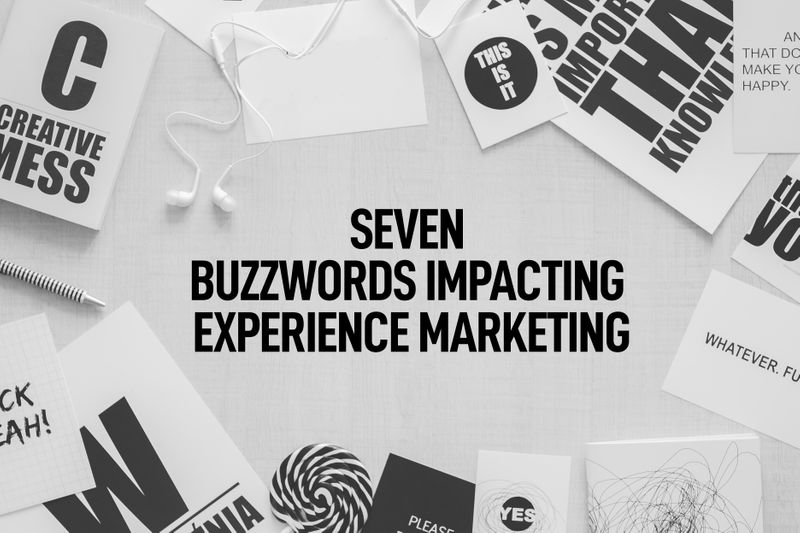The marketing industry is notorious for jumping on the latest trend.
Whether it’s shiny new technology, a breakthrough strategy or simply popular words, marketers often operate in an echo chamber that encourages social sharing and mass adoption.
One thing most of us can agree on is that buzzwords spread like wildfire. They often start from a positive or informative position, but quickly become over-used clichés. Rather than let buzzwords irritate us, it’s more beneficial to make peace with them and explore how they are impacting brand engagement.
From the good to the bad, this piece will show how to trace the origins of seven popular buzzwords and apply intrinsic learnings to your business.
1. Immersive
Immersive requests are born from a technology first mindset. “I’d like an app, that’s an ARL or VR, or maybe MR. And make it viral.” That’s a back-to-front approach. Compelling content is not defined by the medium, but by the story that underpins it. So, don’t start with immersive technology, instead think about effective technology.
2. Festivalisation
Putting the word festival in front of something does not a festival make. In the B2B experience world we are not creating events solely for entertainment. We’re creating entertaining experiences that sell brand products. These days, time is precious, and people want to extract as much value as they can from experiences. With that in mind, rather than festivalisation, it’s diversification that we should be talking about. Diverse experiences are required for real impact.
3. Personalisation
The obsession with personalisation has evolved from the existence of new kinds of data. This brings risks – such as a narrowing field of interest if we let attendees self-select too much. That said, certain technology in this area (think chat bots) bring a more seamless, frictionless experience. We need to strike a balance between self-selection and guided curation. Targeted is a more important consideration than personalisation.
4. Learning styles
It’s often said that determining the preferred learning style of the audience enables you to engage them in the best way. There is however a distinction (often missed) between how you like to learn, and how you actually learn. Consider what is the best learning method to deliver your intended outcome. Learning styles should be selected because they convey your intended message in the best way. It’s learning goals, not styles, that matter.
5. Consumerisation
This normally stresses how consumer-led technology is impacting the business world. It misses the importance of, and differences between, the planned obsolescence (think kettles) and forced progression (think iPhones) seen in consumer products. When planning an event on-the-day matters, but so does planning for how you’ll encourage attendees to progress to the next one. Making a connection enables this. For that reason, product mindset is more relevant than consumerism.
6. WOW! Moments
There is an assumption that these are always positive. We need look no further than the Fyre Festival to know that’s not true. One of the challenges with experience marketing is you can’t iterate the experience once it’s live. We therefore need to think in terms of minimum expected experience, rather than minimum viable product. So, forget wow moments. Focus on the great expectations you have for your brand that you are trying to express.
7. Satisfaction
The all-important attendee satisfaction score. At George P Johnson we have an evaluation model to balance the satisfaction factor. Efficiency: Effectiveness. The best you can hope to do with efficiency is break even, by (for example) avoiding running out of coffee. Basic stuff, but you have to get that right to avoid distracting from the effectiveness. Leave attendees without coffee and that’s all they’ll remember. It’s value that’s important, not satisfaction.
While many in the industry are quick to lambast and label buzzwords as superfluous, tedious and irritating, let’s remember that buzzwords can be a positive influence. The key is to not get hung up on the words themselves.
What’s more important is the sentiment that the words are trying to convey. Without context, buzzwords are irrelevant. We need to focus on the deeper significance and trace the words back to their original meaning.
By applying critical thinking, we can establish a new, useful understanding via reframing existing uses. In that sense, perhaps buzzwords aren’t so damaging after all.
Written by Jonathan McCallum, Vice President, Chief Strategy Officer at George P. Johnson

